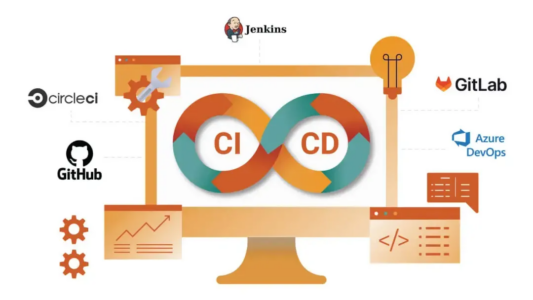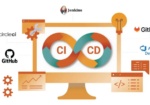Continuous Integration (CI) and Continuous Delivery (CD) methodologies have significantly evolved over the past decade, paving the way for more streamlined, efficient, and effective software development practices. Commonly referred to as CI CD, these interconnected methodologies form the blueprint of contemporary software development. Today, CI/CD are the two most popular methods of DevOps development. They enable developers to collaborate on projects more efficiently and deliver better-quality software faster. Businesses strive to establish and refine their CI/CD pipelines regardless of size. The aim is not just to continually update their software but also to stay agile and responsive to the dynamic market trends and demands. By embracing CI/CD, organizations can foster a culture of rapid innovation, resulting in accelerated time to market, improved product quality, and an edge over the competition. However, as DevOps teams look to streamline their processes and increase the speed of software development, several enterprises struggle to master this approach. As mentioned in a post by Forbes, ‘Solving CI/CD’s Delivery Problem, ‘ only 4% of enterprises believe themselves to be experts in CI/CD, while 11% consider their existing CI/CD infrastructure reliable.

